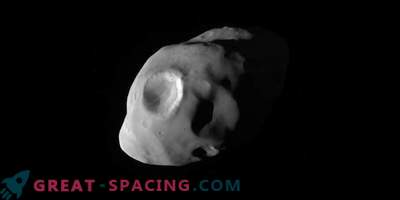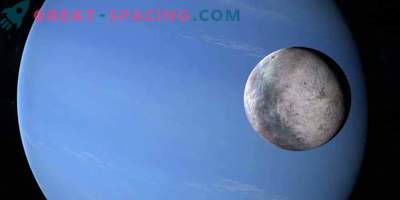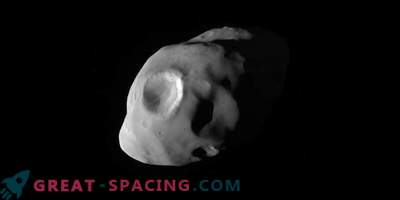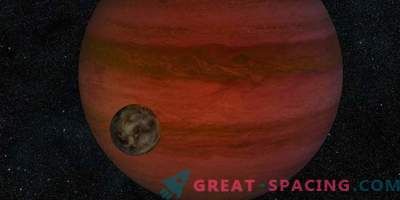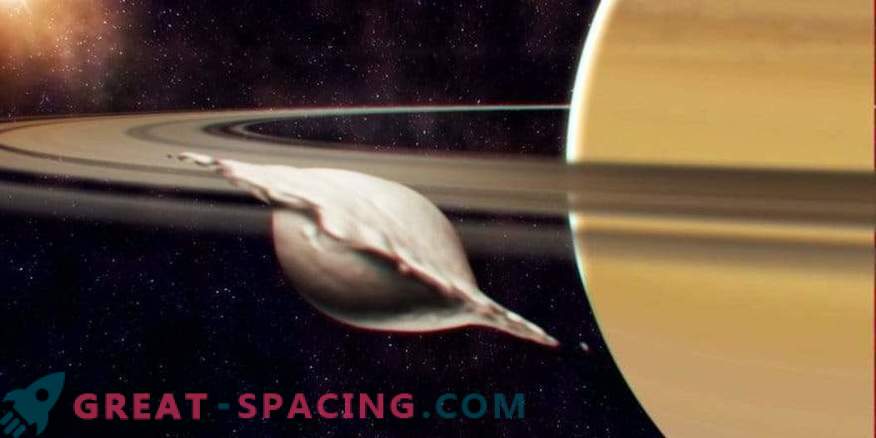
The Atlas Formation is one of the small internal satellites of Saturn. Its flat shape, reminiscent of ravioli, was created due to the collision of two bodies of the same size.
Saturn’s tiny inner moons resemble huge ravioli. Their exciting form was captured with the help of the Cassini spacecraft. For the first time, scientists from the University of Bern showed how these satellites were formed. Peculiar forms are the natural result of a collision between small objects of the same size.
In 2017, Cassini sent pictures of close-ups of fancy Pan and Atlas objects with a diameter of 30 km and the shape of flying saucers. Large ridges and prominent centers were noticeable. The process of their formation immediately became interesting.
First of all, the idea arose that the whole thing was in building up the mass. Therefore, researchers began to test their theory. The first simple tests worked fine, but when tidal forces were taken into account, problems appeared. The conditions near Saturn are special, because the planet is 95 times more massive than ours, and the internal satellites rotate at a distance of less than half the Moon-Earth index. Thus powerful tides are created, tearing everything apart. That is why the moon could not be formed by increasing the material on a single core. An alternative model is called the pyramidal mode and assumes that the satellites were created by merging small lunar fragments, of approximate size.
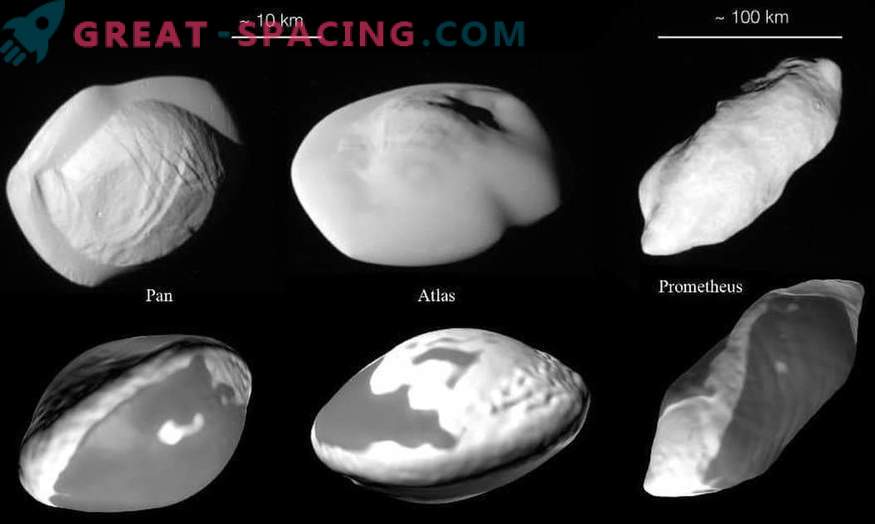
The top row displays 3 small Saturnian moons captured by Cassini. Below are the results of the model. The modeling not only reproduces the figures, but also explains why the ranges on Pan and Atlas differ from the rest of the body: they are made of smooth material that was squeezed in the process of merging. Cracks can be the result of tensile stresses caused by the stress of cutting objects.
Having solved the initial problems, the researchers were able to test the pyramidal mode. The result showed that the collision led precisely to those figures that are visible in the images of Cassini. Approaching a head-on collision leads to flattened objects with large equatorial ridges, which is noticeable in Pan and Atlas. When hitting under the slopes, we see elongated shapes resembling a 90-kilometer Prometheus.
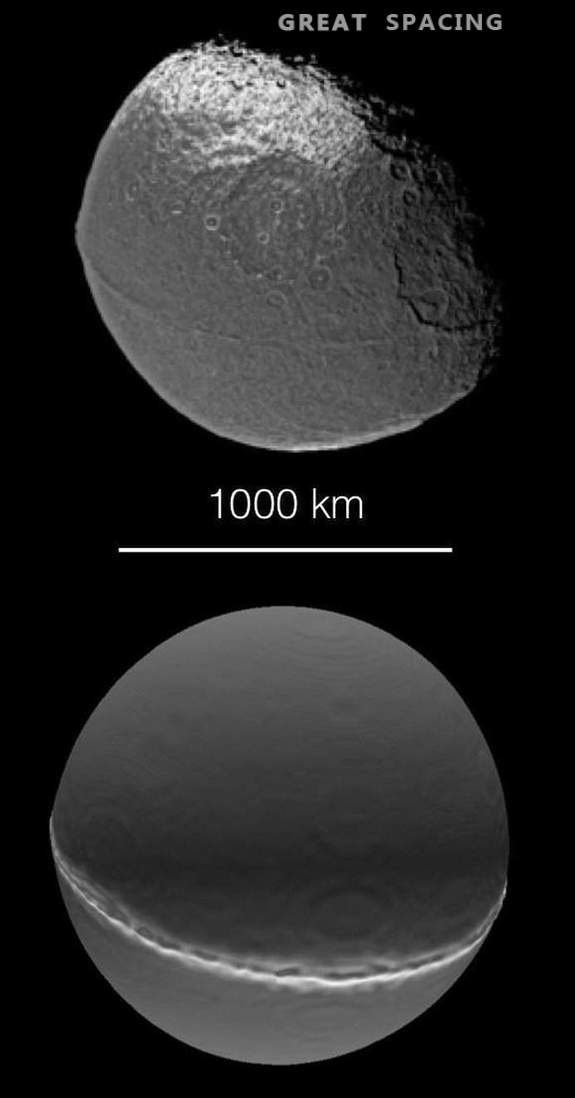
Above shows a large satellite of Saturn Iapet in Cassini observation. Endowed with oblate spheroid and equatorial ridge. The bottom shows the simulation results of a frontal merger of two bodies of equal size with half the mass of Iapet.
Frontal collisions have a high probability
Based on the current orbit of the moons and their orbital environment, the scientists were able to calculate that the impact velocity reached about 10 m / s. Creating models in this range for different shock angles, we managed to obtain various stable forms resembling ravioli or dumplings. But it worked for low angles. If the indicator exceeded 10 degrees, then the final forms lost stability. Interestingly, frontal collisions are not uncommon. It is believed that the tiny internal satellites come from the rings of Saturn - a thin disk located in the equatorial plane of the planet. Saturn is not an ideal sphere, but rather flattened, which makes it difficult to move an object out of this narrow plane. Therefore, frequent cases of head-on collisions.
Tiny satellites orbiting Saturn
The study focused on Saturn's small internal satellites, but he managed to find a possible explanation for the long-standing mystery concerning Yapet. Why does this moon have an oblate shape and a pronounced equatorial ridge? The model shows that in this case the version of the merging of the moons of a similar size at a close angle of inclination is triggered.
